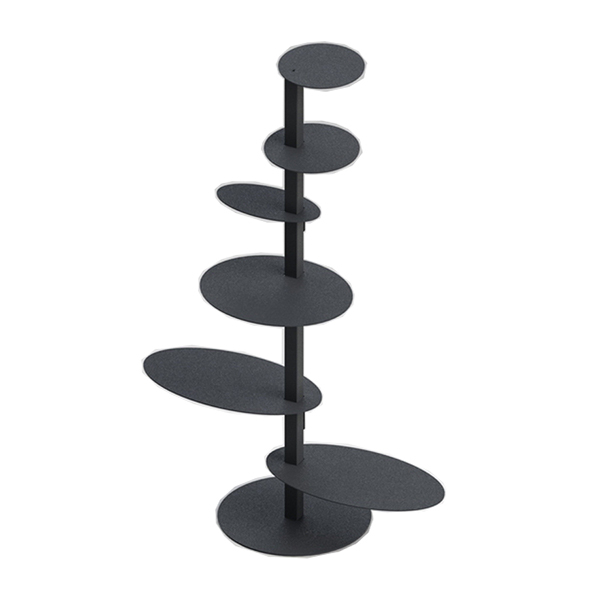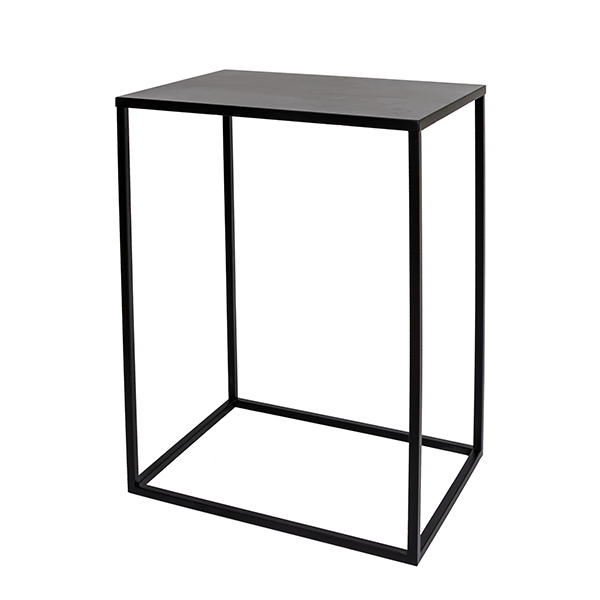Akrylmaterial och motsvarande bearbetningstekniker
Acrylic, also known as PMMA or plastic glasses, chemically named polymethyl methacrylate, is an important early-developed plastic polymer material. It boasts excellent transparency, chemical stability, and weather resistance, is easy to dye and process, and has a beautiful appearance, making it widely used in the construction industry. Acrylic displays are generally classified into cast sheets, extruded sheets, and molded plastics.
Common sheet types include transparent sheets, dyed transparent sheets, opal white sheets, and colored sheets.
Acrylic sheets can be categorized into cast and extruded sheets by production method. Based on transparency, they are divided into transparent sheets, translucent sheets (including dyed transparent sheets), and colored sheets (including black, white, and colored sheets). Performance-wise, they are classified into impact-resistant sheets, UV-resistant sheets, regular sheets, and special sheets such as high-impact sheets, flame-retardant sheets, frosted sheets, metallic effect sheets, and light guide sheets.
Acrylic is available in sheets, rods, tubes, and various finishes such as glossy, semi-glossy, matte, and frosted, with standard thicknesses of 1.0, 1.5, 2.0, 3.0, 4.0, 5.0, 8.0, 10.0, 12, 15, 20, 25, 30 mm, etc.
Acrylic products include sheets, rods, and tubes (typically round), with surface finishes such as glossy, matte, and frosted, and thicknesses ranging from 1mm to 30mm.
Similar plastics related to acrylic include: Foam PVC (Sintra), PVC, PS, HIPS, PC, PETG
Types of Acrylic
- Colorless Transparent Acrylic: Common in everyday life, colorless and transparent acrylic has outstanding light transmission, higher than that of ordinary glass. It is durable and not easily broken, performing better than glass in certain aspects.
- Colored Acrylic: This type of acrylic is colored and transparent, with a softer light transmission compared to colorless transparent acrylic. Available in various colors, it is ideal for decorative purposes. Based on light transmission, it can be divided into transparent-colored, translucent-colored, and opaque colored types.
- Pearlescent Acrylic: Made by adding pearlescent or fluorescent powder to regular acrylic, it features vivid colors and high gloss. Even after heat-press polishing, it retains embossed patterns, offering unique artistic effects. It can be used for making letters, animal shapes, trademarks, and decorative items.
Characteristics of Acrylic
- Its light transmittance is comparable to glass, but it is only half the density.
- It is less fragile than glass. Even when damaged, it does not form sharp shards, reducing the risk of injury.
- Its wear resistance is close to that of aluminum, and it resists corrosion from various chemicals.
Applications of Acrylic
Acrylic display stands are widely recognized and used in many retail industries for their excellent display performance. Applications include cosmetic display stands, jewelry display stands, digital product display stands, mobile phone display stands, high-end wine display stands, and high-end watch display stands.
Surface Treatments
- Transparent Clear/Transparent
- Glossy
- Frosted
Processing Techniques
- Cutting
- Engraving/Carving
- Borrning
- Polishing (diamond polishing, fire polishing)
- Bending
- Silk-screen printing
- UV printing
- Formsprutning
Acrylic Manufacturing Process
- Material Cutting: Use a saw machine to cut acrylic to the required size to avoid material waste.
- Engraving: After cutting, engrave various complex patterns, text, or logos as required by the shape of the acrylic product.
- Drilling: Acrylic can be drilled directly using a desktop drill press, following the processing drawings.
- Edge Finishing: After cutting or engraving, the edges of acrylic sheets are often rough and need further smoothing using a vertical single-shaft woodworking milling machine.
- Polishing: After cutting, engraving, and drilling, the edges are still rough and need polishing to prevent injury. Different polishing methods are used depending on the product.
- Paper Removal: Acrylic sheets come with a protective paper layer that must be removed before bending and silk-screen printing.
- Heat Bending: Acrylic can be shaped into different forms through heat bending, which can be either overall or partial.
- Silk-Screen Printing: Use UV printing machines to display brand logos or promotional texts as required.
- Bonding: The bonding process is done manually and requires strict control to ensure the product is free of misalignment, bubbles, and weak bonds. Common bonding techniques include butt joints, vertical bonding, 45° angle bonding, and surface bonding.
- Assembly: Combine the parts to complete a finished product.
- Förpackning: After final quality inspection, the product is packaged for shipment.

Relaterade inlägg
Vilka material är bäst för anpassade POP-skärmar?





